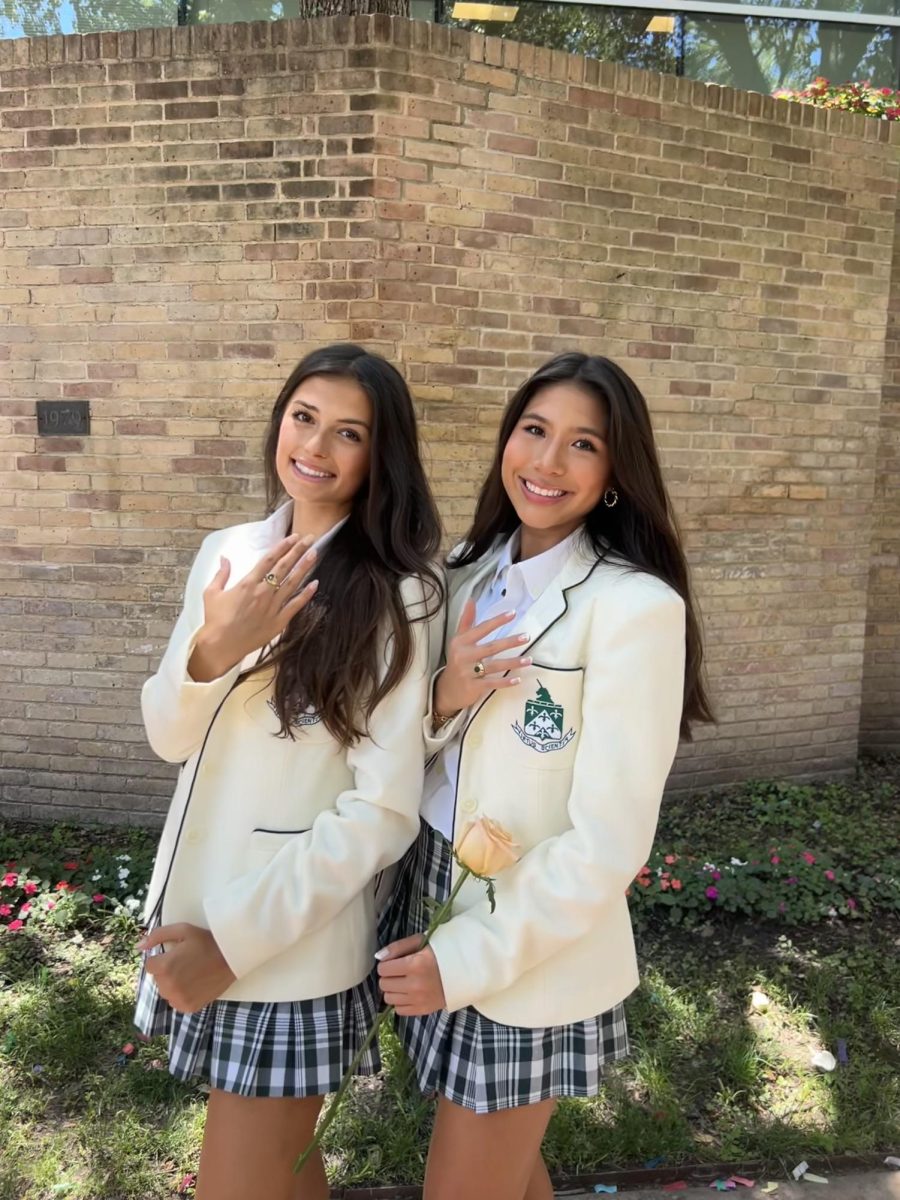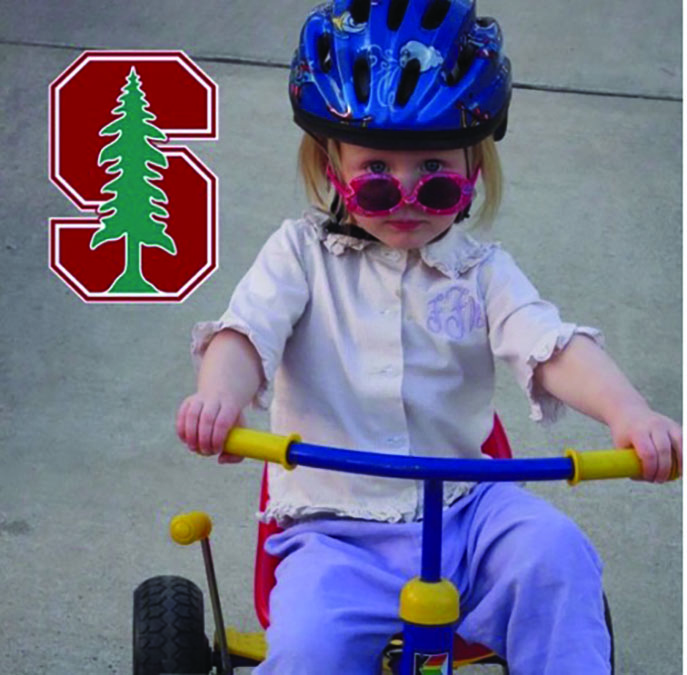From Jan. 24 to the 25, faculty and school administrators from 21 southwestern schools were on campus talking to students, scanning every corner, crunching every number and soaking in every aspect of Hockaday. For four days, these academic professionals lived and breathed The Hockaday School.
The Independent Schools Association of the Southwest, a non-profit voluntary membership association of 88 independent schools from Arizona, Kansas, Louisiana, New Mexico, Oklahoma and Texas, sent an accreditation visiting team to Hockaday to evaluate the school and compare it against what we say about ourselves. This team was comprised of individuals who were recommended by the heads of their respective schools, seven of which are all-girl schools.
Dr. Mark Desjardins, the headmaster of the St. John’s School in Houston and the Chairman of the ISAS team for this visit, simply explains the re-accreditation processes as a “reflective mirror of the school.”
“I have seen every part of this school. Presidential programs, fine arts, there is not a single aspect of the program we haven’t looked at,” Desjardins said.
Hockaday’s Dean of Studies Dr. Barbara Fishel said that the visiting team does not make value judgments.
“They hold the school accountable for what we say we do. And it is always a pleasure to show people how great of a school we are. Students and clubs even have the opportunity to talk with them,” she said.
ISAS member schools are evaluated every 10 years with the purpose of achieving accountability and school improvements. The mission of the visit is to commend the progress of the school as well as recommend areas to grow for the future.
“Our objective is to come in and give feedback and identify the areas that we also see as strengths and we affirm or agree that you should see these things as potential challenges looking forward in the next ten years.” Desjardins said.
Even though ISAS is well known for the annual arts and performance festival in April, the association does much more than that. According to the organization, “it fosters collegial relationships among its member schools and represents their interests.
After Hockaday’s last ISAS accreditation visit, which took place in February of 2005, the accreditation visiting team at the time recommended that Hockaday should recognize the stress that change can bring to adults and students, continue to improve communication and diversity, clarify character and size of Residence programs, examine teaching loads and equity, expand professional development offerings as they relate to technology and expand the crisis management plan.
Desjardins said that schools are accredited every decade to give schools an opportunity to do a lifecycle of work. This means two years to study the problem, three years to implement the change and a few years to tweak it and make sure it is successful.
Because of the planning and celebrations leading to Hockaday’s Centennial in 2013, the school asked for an extension.
In preparation for the visit, faculty and staff started working in 2014 on a self-study led by Cathy Murphree, who was Head of School for Academic Affairs and Provost at the time. Faculty and staff worked by departments and committees and created a 146-page report.
“It is sort of like a huge paper about our goals, standards and what is happening at the school. All the departments, and all parts of school contributed,” Fishel said.
Current Assistant Head for Academic Affairs Blair Lowry said the process of the accreditation is more of a blessing than something to fear.
“I think we all do get a little nervous when people come in to take a look at our school, but we are really proud of what we do hear. And I think everyone is confident in our school and wants them to know as much as they can about it,” she said.
While on campus, the visiting team popped in and out of classes and met with faculty and staff in order to assure that Hockaday embodies the ISAS mission statement and the standards to which we set ourselves.
The visiting team had lunch with a group of students on the first day of their visit and freshman Dominique Buford had a chance to interact with some of the visiting team members. “They asked us about diversity, their classes, the overall attitude towards the school and administration as well as some more specific questions like, what is one thing you would change about the school?” she said.
And the visiting team paid attention to their answers.
“The most impressive part of the four days was my time with the Middle School and Upper School students at lunch, and I am a tough critic,” Desjardins said. “I admired how carefully the students articulated what they loved about the school and what they may want to see the school do differently.”
But the team not only found the students impressive, they thought the quality of the faculty and how they care and support students was remarkable. They also commended the quality of the facilities and how every student embraces the Four Cornerstones.
For Lowry, who is new to Hockaday this year, the ISAS visit “was a really great opportunity for us all to come together.”
– Emily Fuller – Video Editor –














